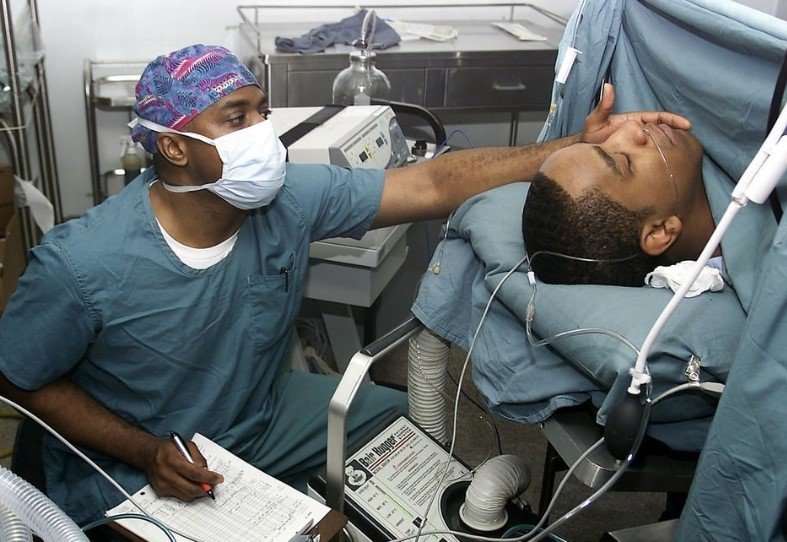A 32-year-old man from Mathura, Uttar Pradesh, took matters into his own hands — literally — performing stomach surgery on himself after watching YouTube videos. The result? Severe complications that landed him in the hospital.
When Pain Pushes to the Edge
Raja Babu, a business administration graduate from Sunrakh village near Vrindavan, had been battling persistent abdominal pain for months. After multiple medical consultations left him without answers or relief, frustration took over. With no diagnosis in sight, he turned to an unconventional — and dangerous — solution: self-surgery.
Using YouTube as his guide, Raja assembled a makeshift surgical kit: a razor blade, a sedative injection, a needle, and plastic thread for stitching himself back up. It sounds like a scene out of a survival movie — except this was all too real.
On Wednesday, he made a seven-inch incision on his own abdomen and stitched it shut with 11 painful sutures. When the agony escalated beyond endurance, his family rushed him to the local district hospital.

From Self-Surgery to Emergency Room
Doctors at the district hospital were stunned. Given the severity of his condition, they provided first aid but refused to admit him, referring him to SN Medical College in Agra for advanced treatment.
One of the attending doctors revealed that Raja had undergone an appendectomy 15 years ago. The fresh incision, coupled with his previous surgery, raised alarms about possible internal damage and infection.
While the exact nature of the damage remains unclear, the risk of severe infection is high. In cases like this, bacteria can spread rapidly, turning a desperate act into a life-threatening situation.
What Was He Hoping to Find?
In a heartbreaking revelation, Raja admitted he wasn’t just trying to alleviate pain — he was searching for something inside his body. He described attempting to “pull something out” but failed. The specifics of what he believed was causing the pain remain a mystery.
Doctors are baffled. His ultrasound results had shown nothing unusual, leaving both medical experts and his family wondering what pushed him to such an extreme measure.
The YouTube Effect: A Growing Trend
Raja Babu’s case isn’t an isolated incident. The internet — particularly platforms like YouTube — has become a double-edged sword. While it’s a treasure trove of useful information, it’s also brimming with misleading or incomplete content.
People searching for health answers often fall into the trap of self-diagnosis and DIY treatments. For minor issues, this might not be dangerous — but when it comes to surgery, the line between bravery and tragedy blurs.
Consider this:
- A 2018 study in the Journal of Medical Internet Research found that 72% of people use online platforms for health advice, but only 43% verify the source’s credibility.
- In India alone, YouTube has over 500 million monthly active users — and healthcare content ranks among the most searched topics.
The accessibility of information is empowering, but without medical training, it can turn perilous. Raja Babu’s ordeal is a stark reminder that online tutorials can’t replace doctors.
The Road to Recovery
For now, Raja Babu is stable and under observation. His courage — or desperation — is undeniable. But his story serves as a chilling cautionary tale: some things simply aren’t meant to be DIY.
